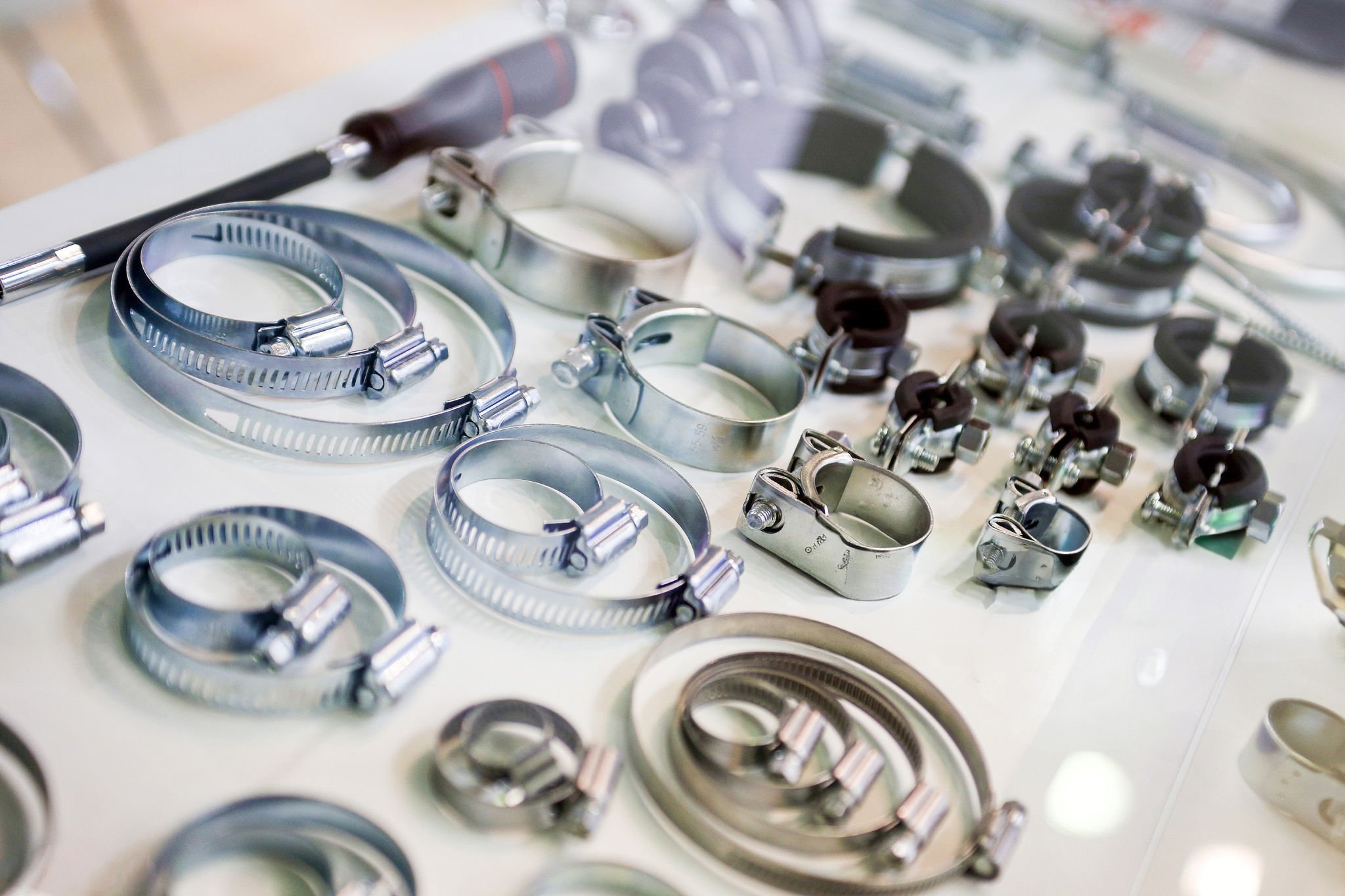
Selecting the Best Hose Clamps for High-Pressure Applications
Ensuring secure, leak-free connections in high-pressure fluid or air systems demands specialized hose clamps. Standard clamps often fail under extreme stress, leading to dangerous leaks, system damage, or costly downtime. Here’s a quick guide to optimal clamp types for high-pressure scenarios:
Top Contenders:
-
T-Bolt Clamps
-
Why they excel: Superior radial force and even pressure distribution.
-
Ideal for: Hydraulic systems, turbochargers, and industrial machinery (100+ PSI).
-
Key Feature: Reinforced band and heavy-duty bolt prevent slippage.
-
-
Constant-Tension (Spring) Clamps
-
Why they excel: Self-adjust to hose swelling/shrinking caused by heat cycles.
-
Ideal for: Automotive cooling systems, compressed air lines.
-
Key Feature: Maintains consistent pressure without manual retightening.
-
-
High-Pressure Worm Gear Clamps (Heavy-Duty)
-
Why they excel: Thicker band (SAE Type 15/21) and rolled edges prevent hose damage.
-
Ideal for: Fuel lines, marine applications (up to 250 PSI with proper spec).
-
Look for: 300 Series stainless steel and precision-cut threads.
-
Critical Selection Criteria:
-
Pressure Rating: Exceed peak system pressure by 25%.
-
Material: 316/304 stainless steel for corrosion resistance.
-
Band Width: Wider bands distribute force better (minimizes hose cut-in).
-
Certifications: Ensure compliance with SAE, ISO, or OEM standards.
Avoid:
-
Lightweight worm gear clamps with thin bands.
-
Plastic or low-grade zinc clamps.
Pro Tip:
Always match the clamp to your hose’s outer diameter and operating temperature. Pair high-pressure clamps with compatible, reinforced hoses.
Bottom Line: For critical high-pressure systems, invest in T-bolt or constant-tension clamps. For robust but adjustable solutions, opt for heavy-duty worm gear clamps with verified pressure ratings. Never compromise—system integrity depends on it.



 86-552-4193230
86-552-4193230




